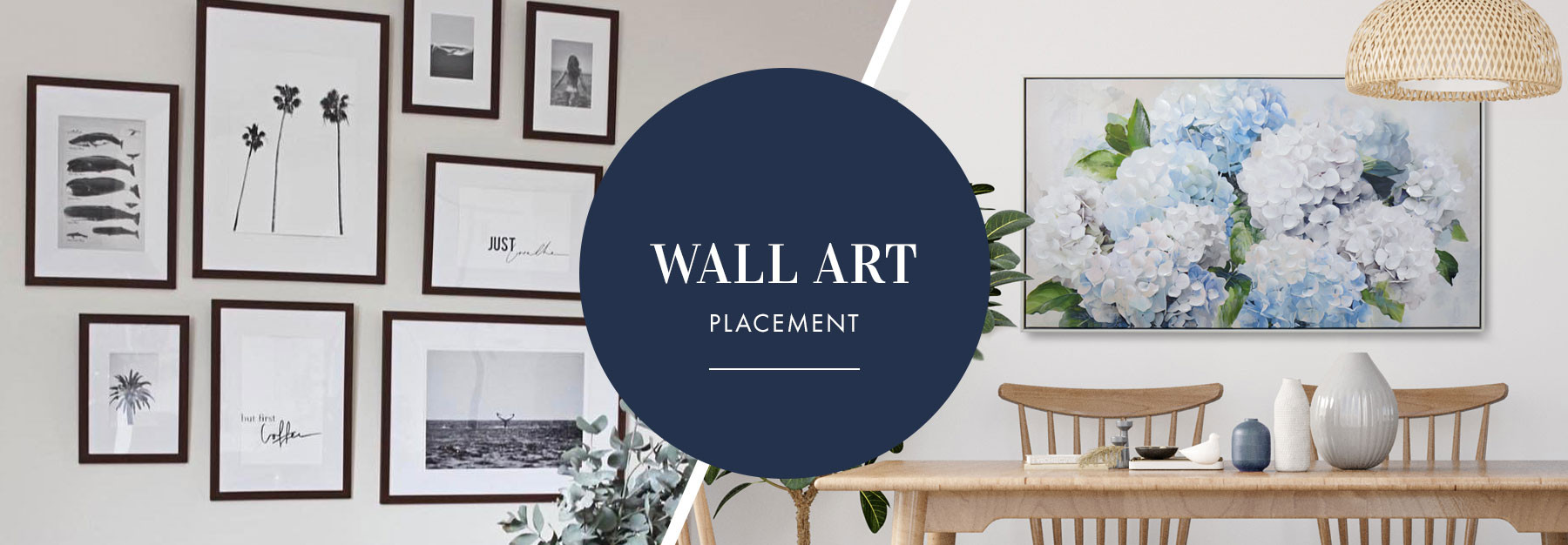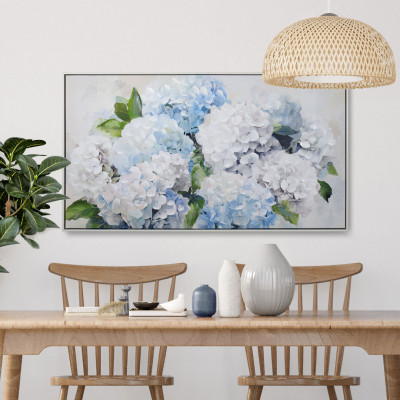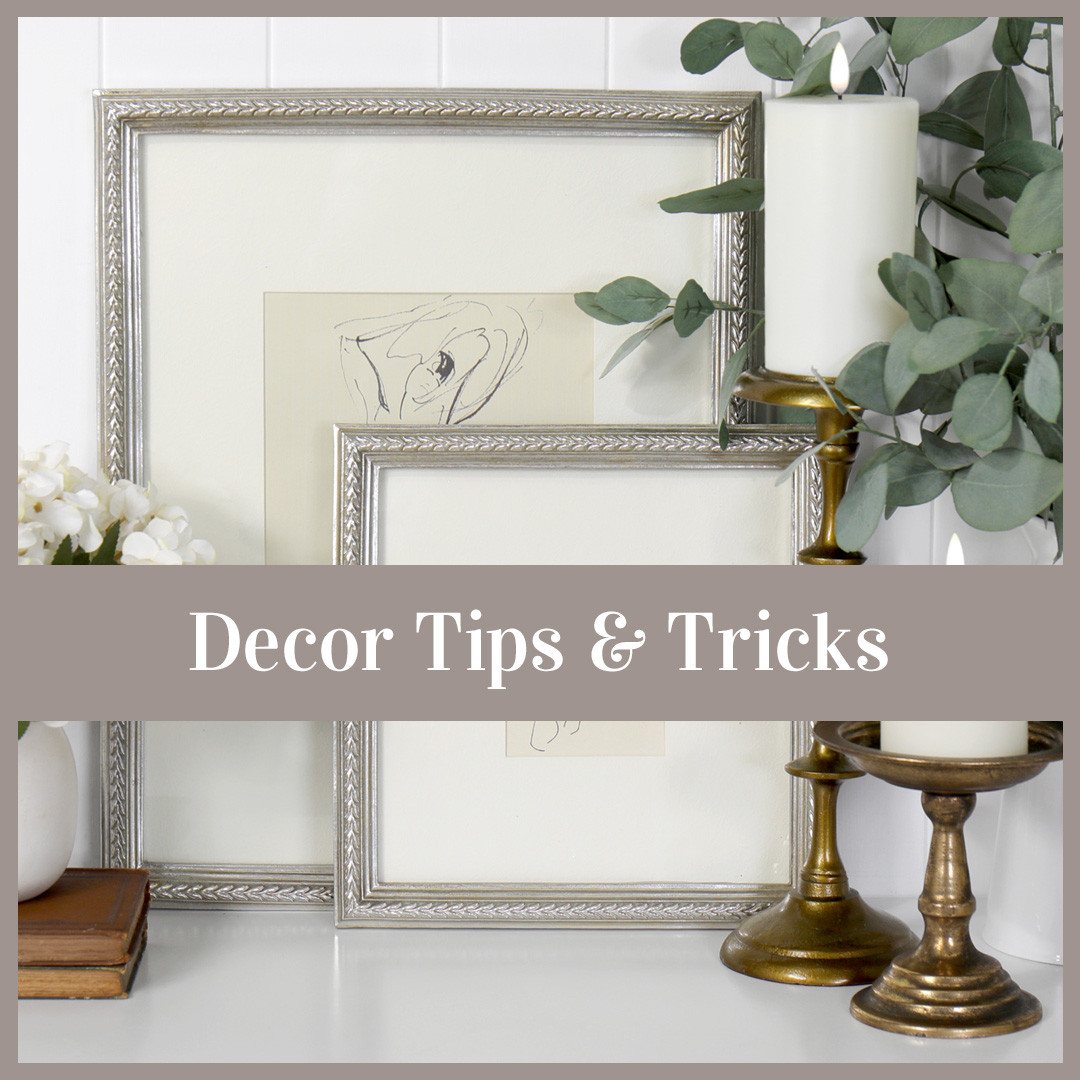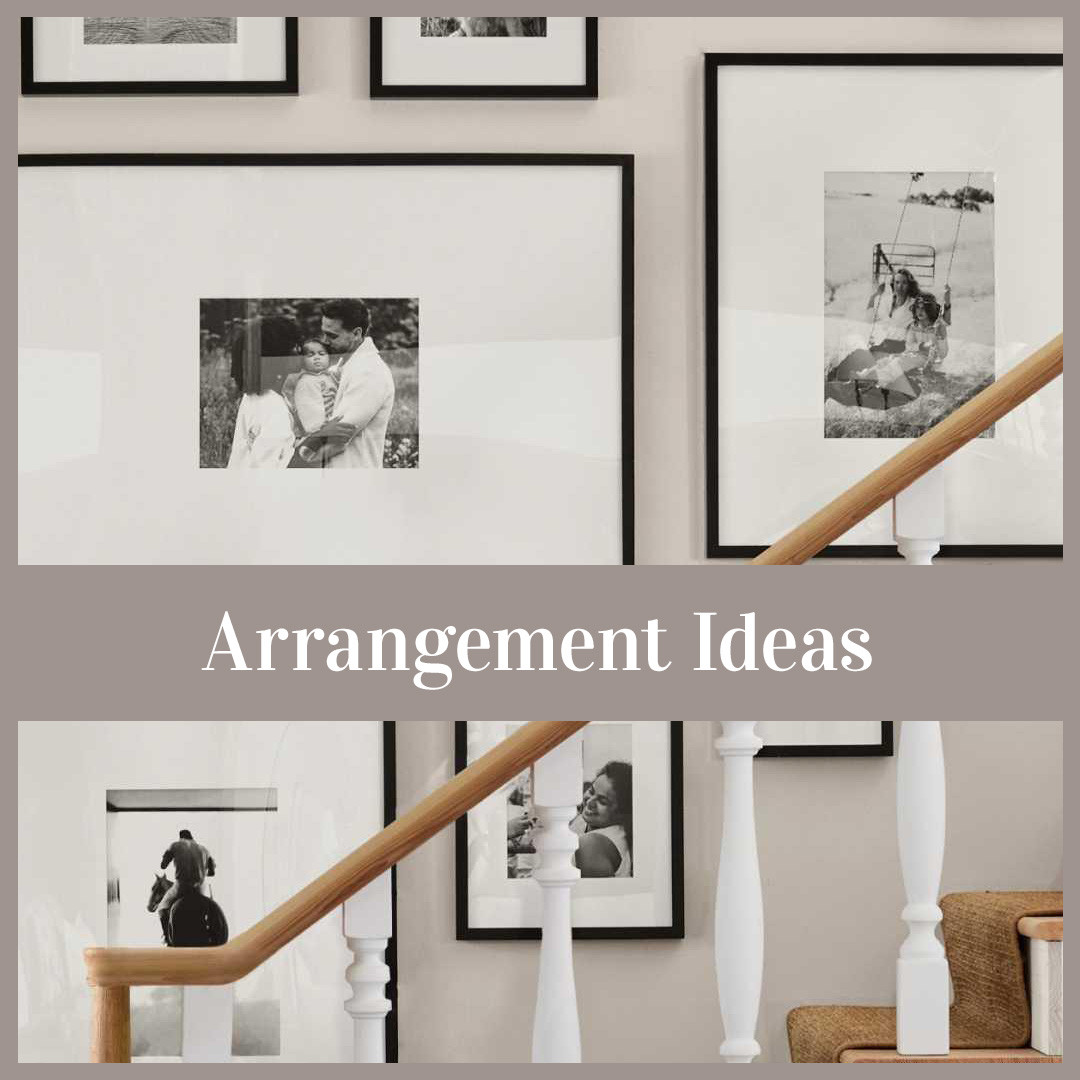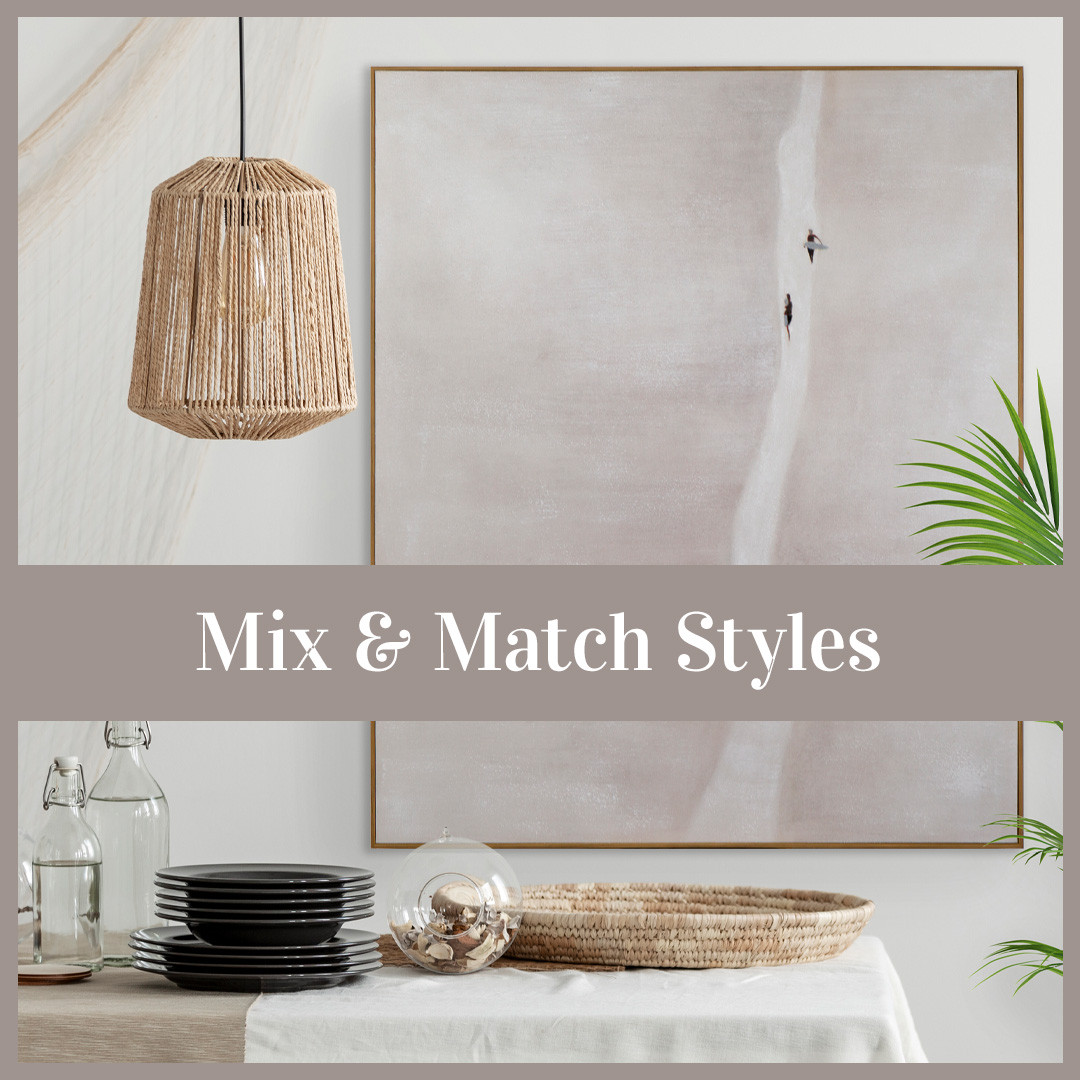The Art of Arrangement: Mastering Wall Art Placement in Your Home
Arranging wall art may seem like a simple task, but mastering the art of placement can truly transform your space. Whether you're hanging a single piece or creating a gallery wall, the way you arrange your art can make a significant impact on the overall look and feel of your home. In this guide, we'll explore the principles of art placement and offer tips for creating visually pleasing displays that enhance your decor.
Planning Your Layout
Before you start hammering nails into the wall, take some time to plan your layout. Consider the size and shape of your wall, as well as the dimensions of your artwork. Use painter's tape or paper cutouts to map out different arrangements on the wall and experiment with different configurations until you find one that works.
Finding the Right Height
One of the most common mistakes people make when hanging wall art is placing it too high or too low. As a general rule, the center of your artwork should be at eye level, which is typically around 57 to 60 inches from the floor. However, this can vary depending on the height of your ceilings and the size of your artwork, so don't be afraid to adjust accordingly.
Creating Visual Balance
Visual balance is key to creating a harmonious wall art display. Aim to distribute the weight of your artwork evenly across the wall, both vertically and horizontally. Mix and match different sizes and shapes to create visual interest, but be mindful of creating a sense of balance and cohesion.
Considering Proportions
When arranging multiple pieces of art, consider the proportions of each piece in relation to the others. Larger pieces should anchor the display, while smaller pieces can be clustered around them. Pay attention to spacing between artworks to ensure they don't feel too crowded or too sparse.
Playing with Symmetry and Asymmetry
Experiment with symmetry and asymmetry to create dynamic and visually appealing arrangements. Symmetrical layouts, where artwork is evenly spaced and mirrored on either side of a central axis, can create a sense of order and formality. On the other hand, asymmetrical layouts, where artwork is arranged in a more organic and unpredictable manner, can add a sense of movement and spontaneity to your display.
Incorporating Architectural Features
Take advantage of architectural features, such as windows, doors, and alcoves, when arranging your wall art. Use these features as natural boundaries or focal points for your display. For example, hang artwork above a fireplace mantel or on either side of a window to frame the space and draw attention to the architectural details.
Creating Depth and Dimension
Add depth and dimension to your wall art display by layering pieces and using different mounting techniques. Experiment with shadow boxes, floating shelves, or layered frames to create a multi-dimensional look that extends beyond the surface of the wall. This can add visual interest and complexity to your display.
Considering Lighting
Consider the impact of lighting on your wall art display. Avoid placing artwork in direct sunlight, as this can cause fading and damage over time. Instead, opt for indirect or ambient lighting to illuminate your artwork and create a warm and inviting atmosphere. Experiment with different lighting fixtures and angles to find the perfect balance of light and shadow.
Mixing and Matching Styles
Don't be afraid to mix and match different styles of artwork to create a personalised and eclectic display. Combine paintings, prints, photographs, and sculptures to add variety and interest to your walls. Just be sure to maintain a sense of cohesion by incorporating common themes, colours, or textures throughout your arrangement.
Adapting Over Time
Keep in mind that your wall art display doesn't have to be set in stone. Feel free to rearrange and update your arrangement as your tastes and preferences evolve. Swap out artwork, reposition pieces, or add new additions to keep your display fresh and dynamic.
Seeking Inspiration
If you're feeling stuck, don't hesitate to seek inspiration from design blogs, magazines, or social media platforms. Take note of different arrangements and layouts that catch your eye, and use them as a starting point for creating your own unique wall art display. Remember, there are no hard and fast rules when it comes to arranging art, so don't be afraid to trust your instincts and get creative!
Harmonising with Existing Decor
Ensure your wall art placement harmonises with the existing decor in your home. Consider the colour palette, style, and theme of your furniture, rugs, and accessories, and choose art that complements rather than clashes with these elements. By integrating your art seamlessly into your overall decor scheme, you can create a cohesive and polished look throughout your space.
Creating Visual Flow
Create visual flow by arranging your art in a way that guides the eye around the room. Use lines, shapes, and colours to create a sense of movement and continuity from one piece to the next. Avoid abrupt transitions or disjointed arrangements that disrupt the flow of the space. Instead, aim for a smooth and natural progression that encourages exploration and engagement.
Maximising Impact
Maximise the impact of your wall art placement by strategically highlighting key focal points and architectural features. Draw attention to areas of interest, such as a fireplace, accent wall, or statement furniture piece, by positioning artwork nearby or above. By accentuating these focal points with carefully placed art, you can amplify their visual impact and create a more dynamic and inviting space.
Reflecting Personal Style
Above all, let your wall art placement reflect your personal style and personality. Choose pieces that resonate with you on a deep level and evoke emotions or memories. Whether you prefer minimalist and understated or bold and expressive, your art placement should be a reflection of who you are and what you love. By infusing your space with your unique aesthetic sensibilities, you can create a home that feels truly authentic and inviting.

